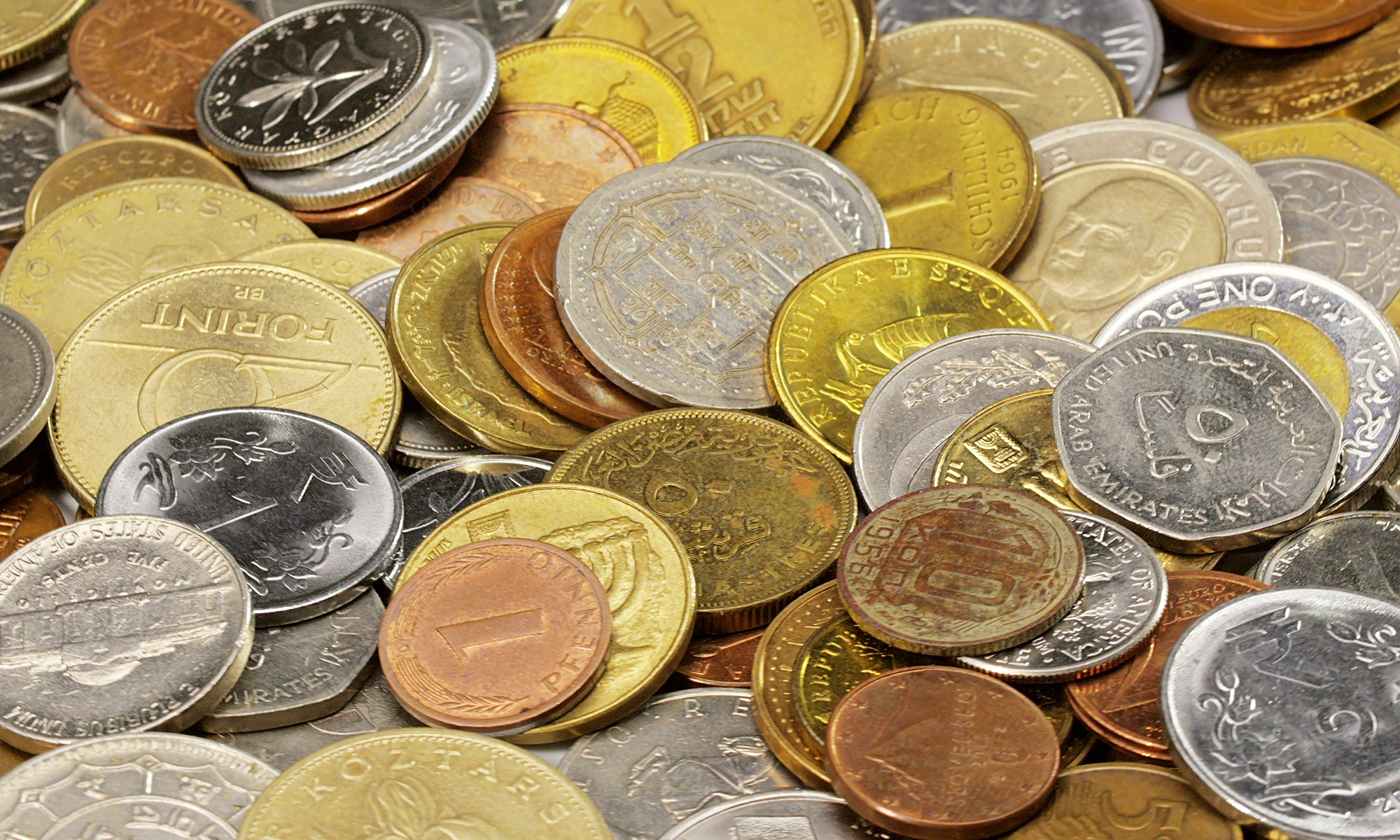The Sacagawea Dollar coin, which is commonly referred to as the “Golden Dollar,” continues to be one of the most unpopular coins ever produced by the U.S. government. Although the coin has been minted every year since 2000, it was only released into general circulation a total of five times. Nevertheless, the story of the Sacagawea dollar is an interesting tale of how good intentions can sometimes lead to the most unexpected results.
How the Sacagawea Dollar Coin Came to Be
The history of the Sacagawea Dollar coin started in the late 1990s. At that time, the Treasury Department had a problem — it was running out of the Susan B. Anthony Dollar coins. Despite the fact that the Susan B. Anthony Dollar was never a popular coin with Americans, mostly because it shared too many similarities with the quarter, it was still used in the vending industry.
As a result of the shortage, several bills were introduced into Congress to replace the Susan B. Anthony Dollar coin with a new dollar coin design which would be easier to distinguish. Late in the year of 1997, President Bill Clinton signed the “United States $1 Coin Act of 1997” into law. Although the act mandated that the “dollar coin shall be golden in color, have a distinctive edge, have tactile and visual features that make the denomination of the coin readily discernible,” it mentioned nothing about what should be on the face of it.
The Treasury Department assembled a nine-member Dollar Coin Design Advisory Committee to come up the look for the new coin. After several meetings, the committee suggested that Sacagawea, the Shoshone woman who helped to guide Lewis and Clark on their journey west, deserved to be on the new coin. Michael Castle, a congressman from Delaware who had previously suggested that the Statue of Liberty appear on the coin objected. Despite his objection and a public which indicated the vast majority of Americans preferred the Statue of Liberty design, Sacagawea was selected.
The Design of the Sacagawea Dollar Coin
After settling on the theme for the new dollar coin, 23 artists were invited to submit samples for consideration. In the end, a representation of Sacagawea and her son was chosen for the front of the coin while a soaring eagle was chosen for the reverse. The design remained unchanged until 2007 when the Native American $1 Coin Act was signed into law by President George Bush. Since 2009, a different Native American tribe is honored on the reverse of the coin each year.
Where are All the Sacagawea Dollars Coins Now?
If you find yourself buying something in a market in Ecuador, you may be surprised to receive a Sacagawea Dollar coin as change. Since Ecuador began to use the U.S. dollar as a currency, more and more of these coins have wound up in the country. Many locals don’t even realize the familiar face on the coin isn’t a fellow countryman.
Are you interested in coins? Coin enthusiasts in the North Metro Atlanta region should visit Roswell Gold, Silver & Coins or call 770-910-9313 for all of their numismatic needs.
